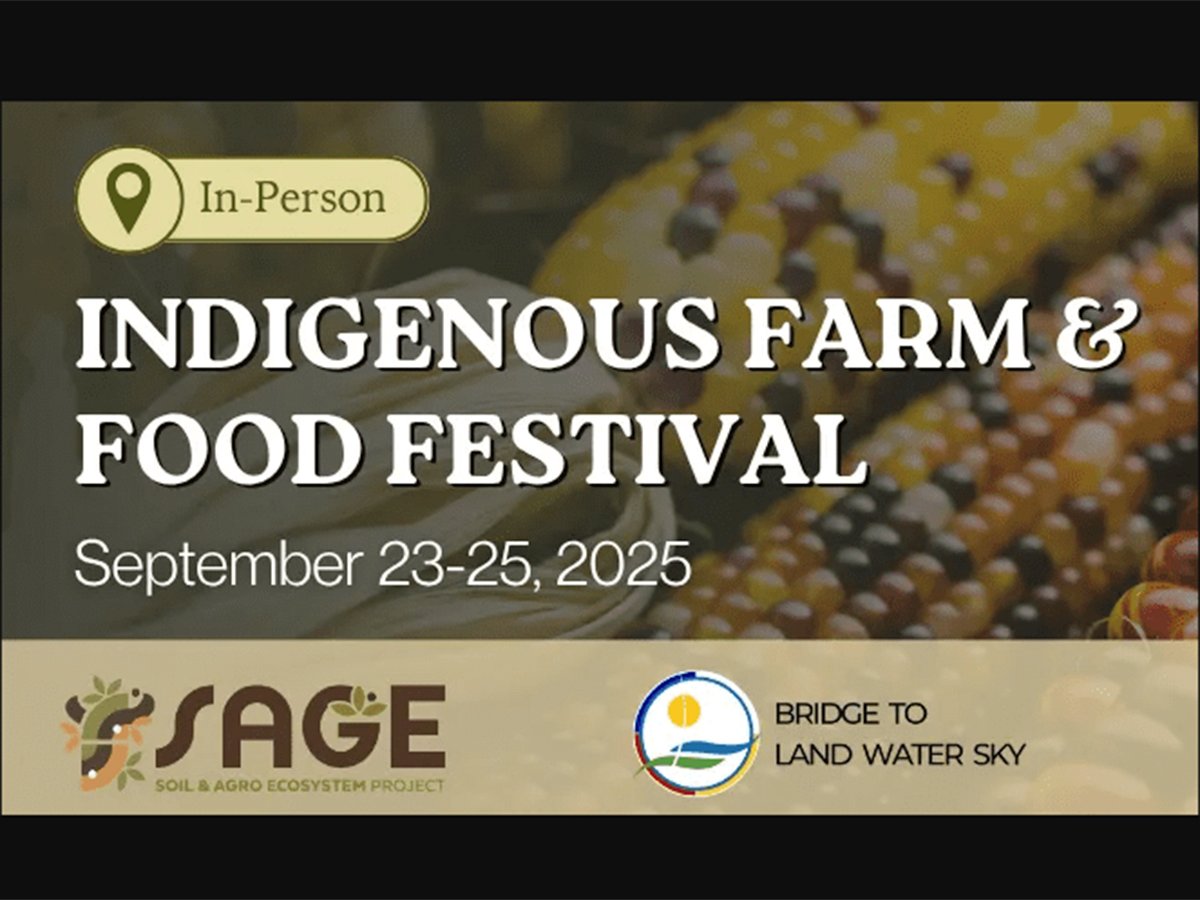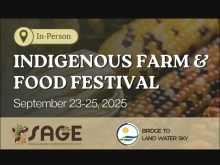CANADIANS have long understood that another case of BSE could be discovered in this country. They’ve been repeatedly warned.
Yet the most recent discovery announced Jan. 11, the second this year and the fourth overall either originating or traced to Canada, sent shivers through the agricultural community.
Doubts immediately arose over whether the American border, closed to Canadian cattle since the first BSE case was discovered in May 2003, would reopen March 7 as suggested mere weeks ago.
Bear in mind that Canada would still be classed as a minimal-risk country as defined by the World Organization for Animal Health, the OIE, even if as many as 12 cases of BSE were discovered this year. Even so, the latest announcement has had a negative impact that overshadows any comfort offered by statistics. Why?
Read Also

Finding the sweet spot where ag science meets ag culture
Soon, many will look at practices such as seeding marginal acres to forage, growing cover crops and livestock integration and ask why they didn’t do this sooner.
- Because many lack confidence that the U.S. government will resist internal political lobbying aimed at keeping the U.S. closed to Canadian cattle.
- Because the political pressure to keep Canadian cattle out of the U.S. is rising.
- Because consumer confidence in the safety of Canada’s beef, feed regulations and rules enforcement may be shaken with every new BSE case.
- Because the latest case in a younger animal raises questions about the feed supply and adherence to regulations.
All are valid fears with potentially expensive and damaging consequences. Canadian officials must take immediate measures to counteract them.
Federal politicians and officials with the Canadian Food Inspection Agency must do all they can to support the U.S. Department of Agriculture in its intention to reopen the border March 7. As more American cattle groups and organizations speak against reopening the border, this task will become more difficult and more important.
While we may fear it is a losing battle, it is one that must be fought.
As for other measures, a thorough examination of the animal feed system and its regulation is a necessity. Canada’s feed regulations have been called into question lately through recent media reports about animal parts in vegetable feed and poor adherence to the rules and by the announcement of BSE in an animal born after the August 1997 ban on feeding ruminant product to ruminants.
As well, it appears time to examine suggested bans on feeding any animal remains to herbivores and certainly time to eliminate specified risk materials from all types of animal feed. It will have consequences for cattle value, rendering and disposal but may be necessary to restore public confidence.
Given the integration of the Canadian and American livestock industries Ñ an integration the Americans now find it convenient to deny Ñ it is only a matter of time before an American-grown case of BSE will be reported.
That’s when Canada’s consistent emphasis on science-based risk assessments and solutions will show its real strength.














